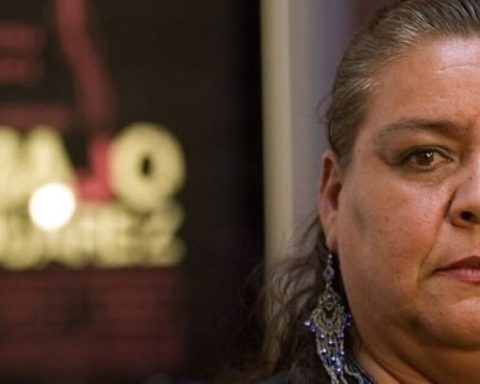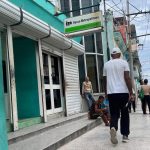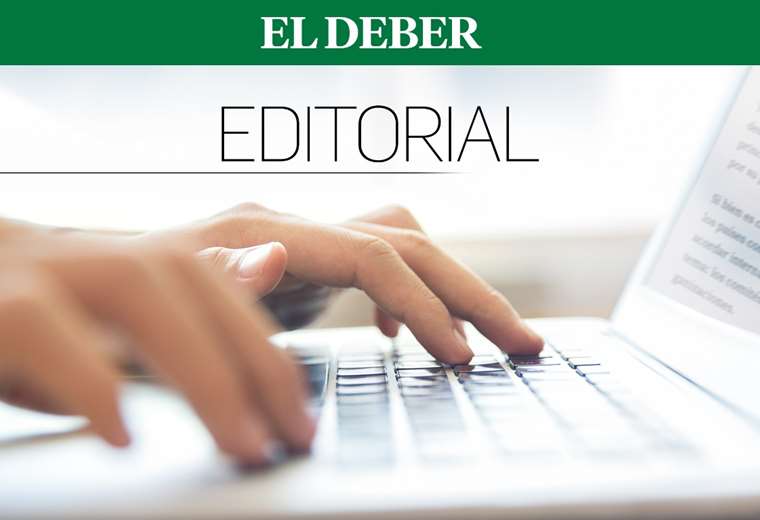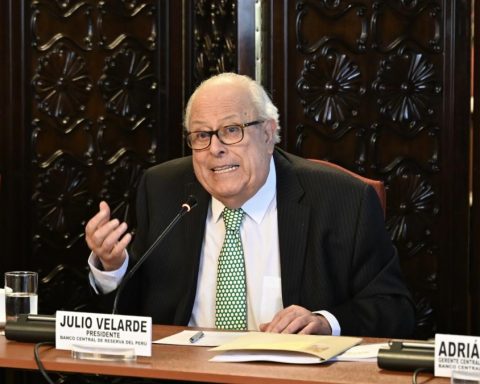AND
n the Jalapa Diary (12/28/21) Daniela Griego, head of the Veracruz State Pension Institute (IPE), assured that the possibility
of a reform to its law should not be seen with connotation negative
but as an option inclusive
to improve their own income and comply with pensions. It is about, he said, reforms adapted
to current reality and based on recommendations
of actuarial studies. These recommendations, he specified, derive from the deficit
that presents the IPE. It is noteworthy that, after publicizing his management at the institute as success story
, now invoke reforms using the same technocratic-neoliberal language and hiding behind actuarial studies. However, Griego claims to have no reform proposal.
Isn’t it enough what your success story
to meet your pension obligations? Or is it that as a member of the National Organization of State Social Security Institutions (Oniess) it intends to reactivate the agenda of neoliberal reforms in the middle of Q4? Is Governor Cuitláhuac García aware of the reformist vocation of the director general he appointed?
Griego documents that the main income from the IPE is dues/contributions from active workers, plus income and investment, and that should
seek to improve the loan program, increase the productivity of real estate, improve financial investments, open the business wing that was canceled and review the issue of active workers. It highlights that the state subsidy to the IPE No
It has skyrocketed: 3 thousand 129 million pesos in 2019; 3 thousand 300 million pesos in 2020 and 3 thousand 299 million pesos in 2021. The variation is 2.4 percent per year because I know
increased income. The IPE is not a burden
: in the short/medium term it has resolved
the financial issue. Why then does he threaten a reform for which No
do you have a proposal?
The IPE covers 98,000 active workers and 32,200 pensioners: a ratio of three to one. The average monthly payroll adds up to a total of 550 million pesos. The operating expense is short
and it is regulated. The budget for 2022 will be 9.2 billion pesos, covered with own income and subsidies. Why then a reform?
Griego reports that, from the beginning of his administration, a strategy was implemented to increase income and contain the deficit. 50 agreements related to the acknowledgment of debt and 82 withholding of federal participations were signed with municipalities. In this way, the contribution of quotas that the state Ministry of Finance retains and sends directly to the IPE was regularized. In addition, the base and trust payrolls were regularized to deliver the quotas in full.
The real estate patrimony was strengthened and updated: maintenance, fencing, regularization of deeds, defense of land ownership and recovery of spaces for rent. The real estate portfolio includes 44 properties: 17 with construction (six buildings, two parking lots, two hotels, two cinemas and five commercial premises) plus 27 plots of land (11 lots in Breña, 11 lots and five for commercial use. All with an appraisal commercial of 5 thousand 120 million pesos.
These timely actions have resulted, according to Griego, in an increase in contributions and the technical reserve, updated real estate portfolio and growth of the loan program. In the three years that have elapsed, the reserve alone has increased by 510 million pesos. Griego is waiting for the State Judiciary to pay him a debt of 42 million pesos and for 25 city councils to pay another 200 million pesos for dues and contributions from workers. Why then does he insist on reform?
Griego indicates that Law 287 dates from 2014 without any modifications having been made. And, in his Vision 2020, the Oniess –of which the IPE is a part– publicly declares to offer accompaniment and exchange of good practices for the design of reforms to the state social security laws. What is the nature of these reforms? As a member of the Oniess, Griego must explain them.
Meanwhile, the Coalition of Independent Pensioners of the State of Veracruz (Copipev) is very clear that the IPE reform that is required should not be based on increases in quotas/contributions. But in a reform like the one they presented since 2018, which incorporates long-term perspectives, gives it autonomy
led by people with the right profile.
Copipev’s agenda goes beyond the success story advertised by Griego: the hollow
IPE’s financial system responds to a cumulus
of mismanagement, corruption and impunity still for clear up
before introducing any Oniess-style reforms.
IPE: a success story that looks with sympathy on the Insurance, Pensions and Social Security Unit of the SHCP in charge of Héctor Santana (and his actuarial pension approaches) to continue imposing parametric reforms in the states with Oniess?
* Autonomous Metropolitan University-Xochimilco















